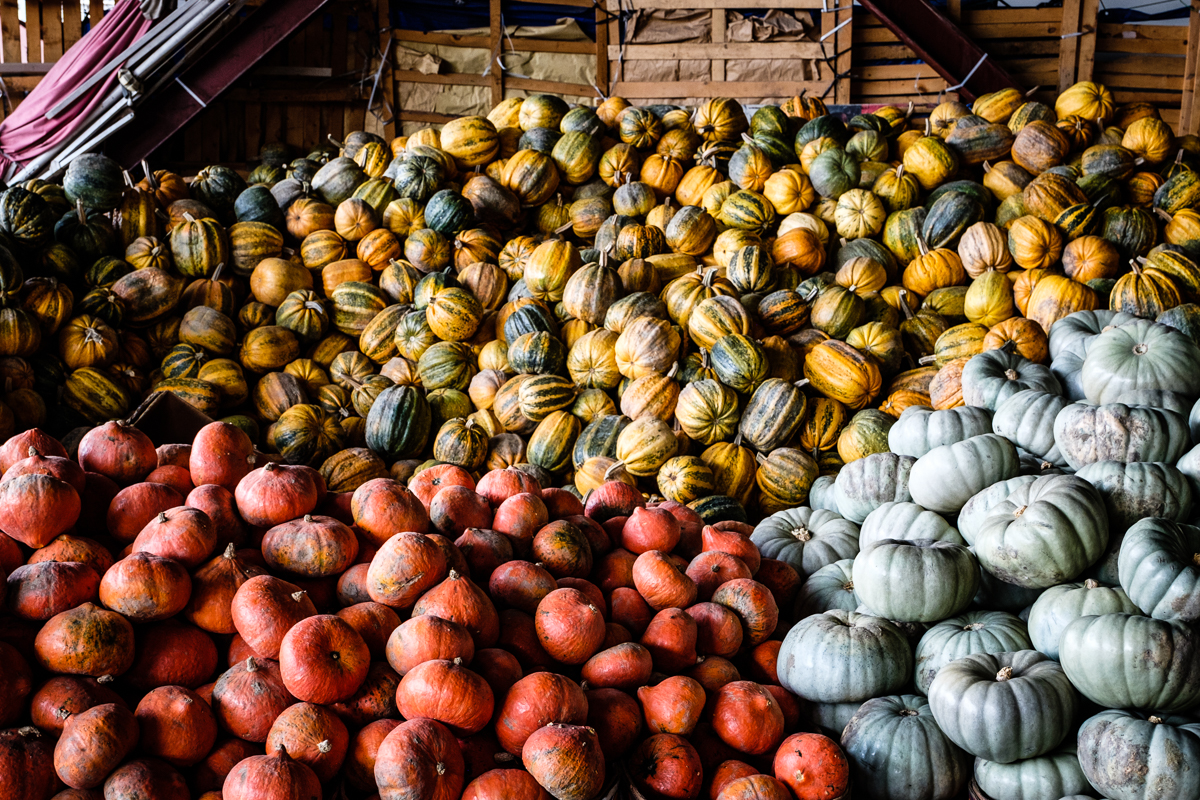Not this month, rather four months ago! Time has a habit of getting away from you, and so it is with this final reflection on Georgia’s culinary landscape. This is the final chapter in that story, more for the record than the instant buzz of hot news.
Revisiting that week in October last year has been a treat. The memories of the Dezerter’s Bazaar, the traders, their friendliness and (incredibly for someone used to trying it on in a French market) willingness to be photographed stand on a level with the sights and tastes and otherness of the products on sale and culinary traditions on display. And the restaurants…
Their Daily Bread
The story goes nowhere without some bread to start it off. Bakeries in Tbilisi are small, sometimes below street level, with top-opening brick ovens partially buried, run by one or maybe two people, who sell the bread directly from windows open to the street. The traditional bread is long, pointed and arced into a crescent shape by the circular oven in which it is baked. It is crunchy on the crust, chewy in the crumb and quite salty. Sold hot from the oven, it is unlikely to make it very far from the shop. Which is, I suppose, why people buy a lot of it, every day.
The big picture is drawn on the canvas of the Dezerters’
Bazaar
This sprawling market surrounds a modernist structure, with a narrow red brick building defining the northern boundary. Traffic barely moves, the commercial pace is bustle-brisk.
The fresh produce, many of the spice sellers, herb sellers and hardware sellers encircle the site on the outside perimeter (a word I use loosely: it’s boundaries are defined by the place you will find the last stall).
In the narrow brick building, on two levels, are the meat, cheese and flour markets.
The vast, open centre, the modern building, is well - largely empty, devoid of life. There are some wholesale operators, but not much else. This structure was the genius idea of the first post-soviet government. Get rid of the old building, which were occupied free of rent, build a modern facility - then charge the producers rent to sell their goods. The upshot: everyone moved outside, took their wares with them - and their pirated power supply - and set up shop again: rent free.
And the merchants are the heart of the market. For the most part, open and friendly, willing to be engaged, to offer a taste and to explain. There is on occasional display a certain tourist fatigue: this is a subsistence living providing for the most part an affordable source of food for local consumption. The constant flow of tour groups and cameras and the sense of being on display for very little return grates on some.
It’s a more interesting place for all that history, and retains the connection between the farm and the produce that a commercially constrained premises would likely have interfered with.
And of course, there were the restaurants.
The story would not be complete without a shout out for the restaurants I visited. In seven days, four of these stood out by any measure. Here, all I had read about the traditions and innovations were on display: herbs in abundance, bitter flavours promoted by fermented and sharp fruit sauces. Nut-based oils and cooking techniques building body with ground nuts as opposed to the dairy and flour-based alternatives the western palate is used to.
Ezo: farm to table
Set in a courtyard, bordered by a verandah, the casual ambience belies a dedication to traditional food, impeccably prepared and presented.
Gvimri - innovation
Open a scant six months when I visited, with a 23 year old chef, her food was assured and innovative: introducing new flavours to traditional techniques, marrying a tahini peppery sauce with herb-stuffed grilled aubergine and roasting chicken with mustard and lime. Sublime!
Asaphesha - trailblazer
This is the restaurant that brought to Tbilisi the influence of the Pheasant’s Tears winery, one of the first in Georgia to gain a reputation abroad for its revival of modern Georgia’s culinary traditions. An extensive natural wine selection plays beautifully off the sophisticated menu.
Café Leila - casual comfort
Sitting on one of the main tourist pedestrian streets, opposite the oldest basilica in Georgia, Café Leila was the ideal lunch spot. Bighearted soups, plentiful vegetarian choices, and an ambience to induce well-being. Just sit back…
And so, as in life, all good things must come to an end.
You can see the pictorial version of these stories on Steller by clicking these links:


















